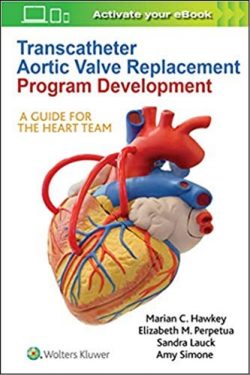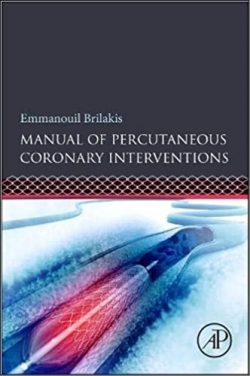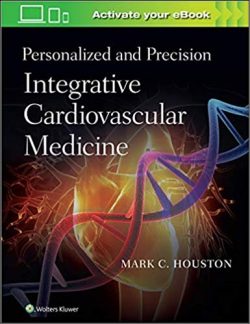1.Hemorheology and Hemodynamics.- 2.Blood Coagulation.- 3.Blood Filtration in Kidneys.- 4.Extracorporeal Blood Ultrafiltration.- 5.Extracorporeal Blood Oxygenation.- 6.Blood and Heat Transfer.- 7.Thermal Ablative Procedures in the Treatment of Heart Arrhythmia.- 8.Blood and Cancer
“This book focuses on one of the most intriguing branches of medicine: hematology. Blood is complicated as a fluid and many rheological models have been proposed for its study. The book is mainly intended for mathematicians, specialists in fluid dynamics interested in medical applications but it is also useful for clinicians for new improving treatments. … This book is a very valuable addition to mathematics, medical, biology, and bioengeneering libraries.” (Titus Petrila, zbMATH 1385.92001, 2018)
Antonio Fasano was a Professor of analytical mechanics at the University of Florence and since retiring has been a Professor Emeritus. Author of about 250 research papers and several books, he is a member of the Accademia Nazionale dei Lincei. He is currently scientific research manager at FIAB SpA, a company manufacturing medical devices, based near Florence, Italy.
This book illustrates applications of mathematics to various processes (physiological or artificial) involving flowing blood, including hemorheology, microcirculation, coagulation, kidney filtration and dialysis, offering a historical overview of each topic. Mathematical models are used to simulate processes normally occurring in flowing blood and to predict the effects of dysfunctions (e.g. bleeding disorders, renal failure), as well as the effects of therapies with an eye to improving treatments. Most of the models have a completely new approach that makes patient-specific simulations possible. The book is mainly intended for mathematicians interested in medical applications, but it is also useful for clinicians such as hematologists, nephrologists, cardio-surgeons, and bioengineers. Some parts require no specific knowledge of mathematics. The book is a valuable addition to mathematics, medical, biology, and bioengineering libraries.
Aims at illustrating applications of mathematics to various processes (physiological or artificial) involving flowing blood
Aims at illustrating applications of mathematics to various processes (physiological or artificial) involving flowing blood





